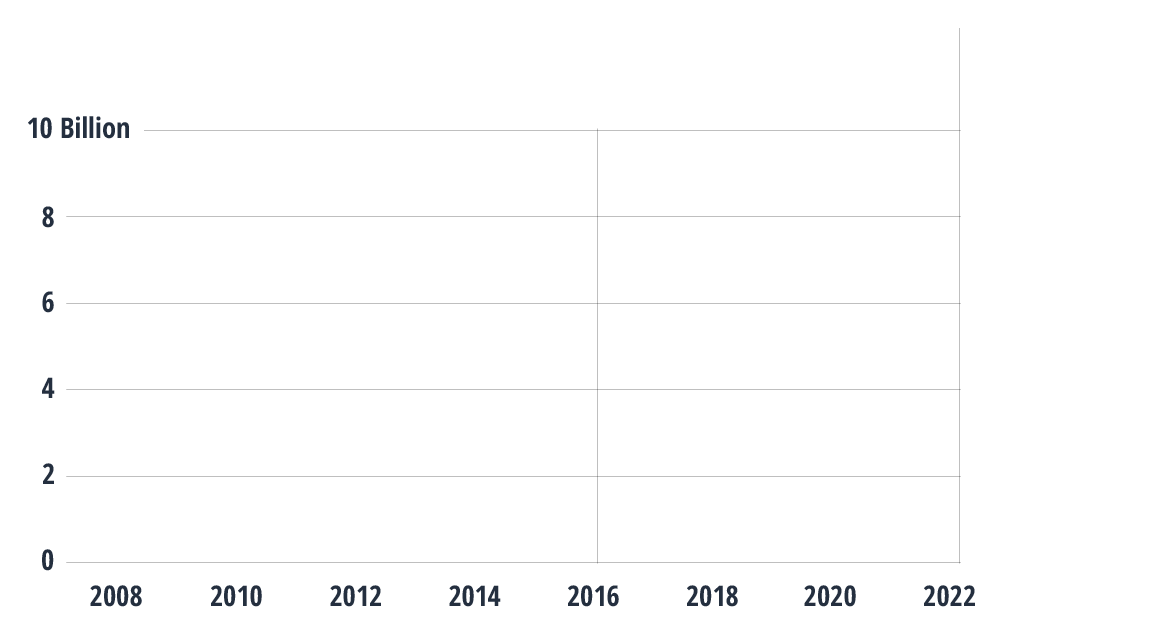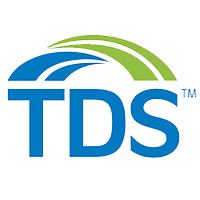You can’t spell 'Free' without f-e-e
Since the beginning of TV, broadcast networks have been integral to the lineup: first NBC, ABC, CBS, and then FOX. These traditionally “free” channels were accessible to everyone over the airwaves. They used to be the only channels and provided valuable local news and content.
Although still watched by many viewers, these channels may be less important today than they once were. After all, many more options are available now.
But here’s the thing: the channels aren’t free to TV providers.
That’s right, TDS (like other TV providers) must pay a fee to the broadcasters for permission to carry or "retransmit" their signal on our network.
And in the last 10 years, this fee has increased 30X!

Broadcast Retransmission Fees will Cost U.S. Consumers (Source: ACA Connects)
FAQS
A decades-old federal law empowers broadcasters, including corporations that own TV stations such as ABC, CBS, FOX and NBC, to charge fees to local cable providers like TDS for the right to carry or “retransmit” their signals.
The short answer is because viewership is going down. With the ever-increasing number of channels available, there are fewer people watching broadcast TV stations. And that means less advertising revenue for the broadcasters.
In order to make up for their losses, they’re charging the television providers more.
Plus, there aren’t as many small, local broadcasters as there once were. Instead, large corporations own more and more local TV stations. And they use their size and power to their advantage: making smaller operators (like TDS) pay more!
The Broadcast Retransmission Fee is necessary to recover the amount corporate broadcasters charge TDS to carry their channels.
TDS negotiates hard with corporate broadcasters to keep fees low and programs on the air. In fact, we're a member of the National Cable Television Cooperative and American Cable Association so that we have more negotiating leverage with the big broadcasters.
We do our best to get our customers the most for their money. And, we absorb as many of the cost increases as possible. However, a portion does carry over to your bill.
Yes and no. While broadcasters offer their signals for free over the air, cable providers can't offer these signals to our cable customers without their permission. We need to pay fees to the broadcasters to get that permission.
We get it, and we wish this was an option too. But unfortunately, large corporate broadcasters use their size and power to their advantage by making us pay more for their channels and obligating us to carrying specified numbers of them. That leads to us being forced to carry additional channels that customers may not be interested in.
A Regional Sports Fee is an itemized charge, which applies to all TDS TV service. It is based on the costs of providing the regional sports networks that we carry in each community and area. The regional sports networks provide you access to locally backed sports channels in your areas. For example, if you live in the Minneapolis area, the local teams you can watch are the Minnesota Timberwolves, Minnesota Twins, and the Minnesota Wild. This is a fixed monthly fee and you will receive advance notice of any fee increases.
The costs to air live sporting events is on the rise and this is a reason for a portion of our fee increase. The fees paid to air sporting events on TV are projected to reach $23 billion in 2021, up from $19 billion in 2017, an annual growth rate of 4.3%.
The Broadcast Fee and Regional Sports Fees are listed under the TV Service section of your bill.


